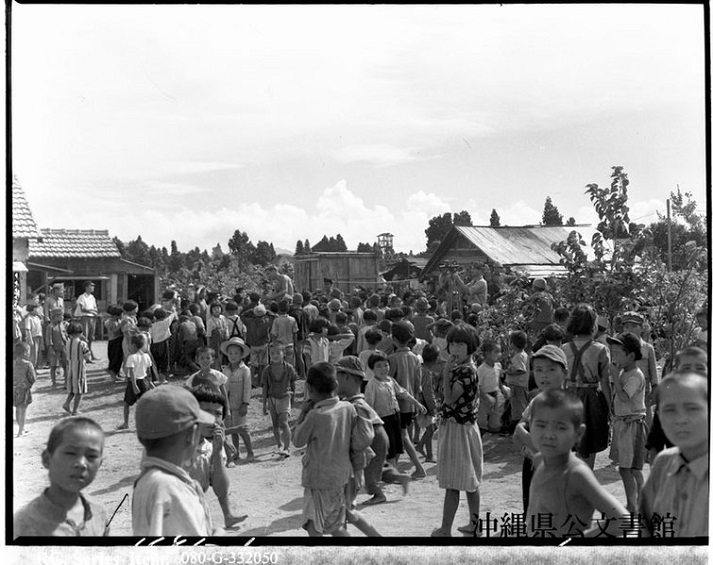Contributor: Nathan Murphy. Lesson ID: 13791
Long before the U.S. entered WWII, Japan’s expansion across Asia and the Pacific seemed unstoppable. Discover the ambitions and conflicts that led to war in the Pacific.

By 1937, Japan was expanding far beyond its shores, stretching its control across the coast of China and countless Pacific islands.

But ruling over such vast territory required a staggering amount of resources, especially oil, to keep its powerful navy moving.
Imperial Japan and the Path to War
A desire for resources and influence across Asia and the Pacific drove Imperial Japan's expansion in the early 20th century. It's important to remember that Imperial Japan's actions do not reflect the attitudes or beliefs of modern-day Japan or its people.
The Resource Race
As Japan grew in power, its ambitions extended beyond its home islands. By the 1930s, Japan had taken control of territories across East Asia, including Korea, much of the Chinese coast, and countless islands in the Pacific Ocean.
This vast empire required massive resources, from oil to steel and rubber, to sustain its military and economy.
Initially, this wasn't a problem—Japan traded freely with other world powers and even allied with the United States and Great Britain during World War I. However, Japan's military ambitions increased in the 1930s, and the government nationalized its oil industry in 1934 to better support the military.

This marked a shift toward an aggressive economy, where national resources were directed primarily toward Japan's armed forces.
Expansion and Nationalism
Japan's aggressive expansion came with a focus on nationalism and the belief in Japanese cultural and racial superiority, a characteristic of Fascist ideologies at the time.
This expansion fueled conflicts with neighboring countries, leading to difficult relationships with places like Korea and China, which still have historical tensions with Japan today.
The Nanjing Massacre
One of the darkest episodes of Japan's expansion was the invasion of China, specifically the brutal occupation of Nanjing in 1937.

The invasion left hundreds of thousands of Chinese citizens and soldiers dead, and the city itself devastated.
The Nanjing Massacre remains a painful chapter in history, with evidence of mass burials and other atrocities still preserved as a reminder of the human cost of war.

In response to Japan's militarism and actions in China, the United States and Great Britain ended their trade relationships with Japan, prompting Japan to align itself with Axis powers Nazi Germany and Fascist Italy.
Watch this video to understand the multiple reasons why Japan joined the Axis, including their desire for resources and geopolitical influence:
Japan's Resource Crisis
Japan's alliance with Germany and Italy allowed it to expand further into Southeast Asia.
After declaring war on France, Great Britain, and the Netherlands, Japan took control of resource-rich territories in Indochina and Indonesia, ensuring access to oil and other critical supplies.
But in response to Japan's conquest of Indochina, the United States froze Japanese assets and, in August 1941, imposed a complete oil embargo.
Without oil, Japan believed its navy would be rendered ineffective. Over time, the nation's ability to wage war would weaken significantly, leaving Japan vulnerable and militarily powerless.

Japan was now at a crossroads. To secure the resources it needed, Japan planned to seize oil-rich regions in Indonesia. However, this would likely provoke a response from the United States.
To gain control of the Pacific without interference, Japanese leaders decided on a daring and risky plan: a surprise attack on the American Pacific fleet stationed at Pearl Harbor.
In December 1941, Japanese forces attacked Pearl Harbor, Hawaii. This devastating surprise attack destroyed much of the U.S. Pacific Fleet, dramatically altering America's role in the war.
President Franklin Roosevelt formally declared war on Japan the next day.
Watch the video below to see the destruction of Pearl Harbor and hear FDR's response.
The American Homefront: Internment of Japanese Americans
The attack on Pearl Harbor and the war with Japan led to heightened tensions and fear in the United States. Unfortunately, this fear also led to the internment of over 100,000 Japanese Americans, who were forcibly relocated to internment camps despite the lack of evidence linking them to any threat.

The internment remains a controversial and painful chapter in American history, showing how fear and prejudice can lead to actions that violate civil rights.
This piece of history serves as a reminder of the complex and often harsh realities of wartime decisions on both sides of the Pacific. As you examine the motivations behind Japan's expansion, you must also consider the lessons learned from how wartime fears impacted civilians at home.
Conclusion
With the United States now involved, the war in the Pacific became a long, grueling struggle as America rebuilt its fleet and launched a campaign to push Japanese forces back across the Pacific.
Head to the Got It! section to ensure you understand what drove Imperial Japan to expand and what ultimately led to the attack on Pearl Harbor.